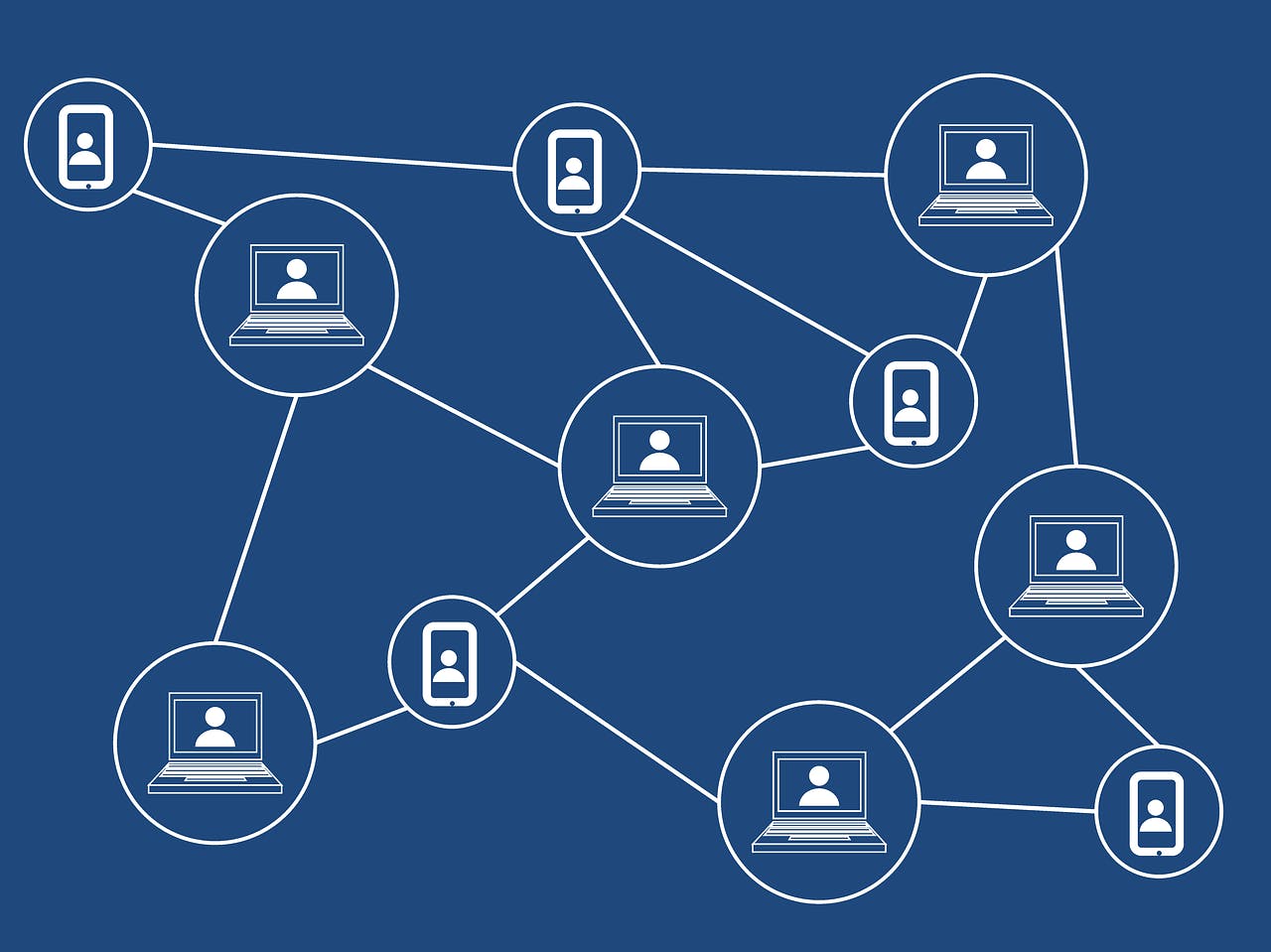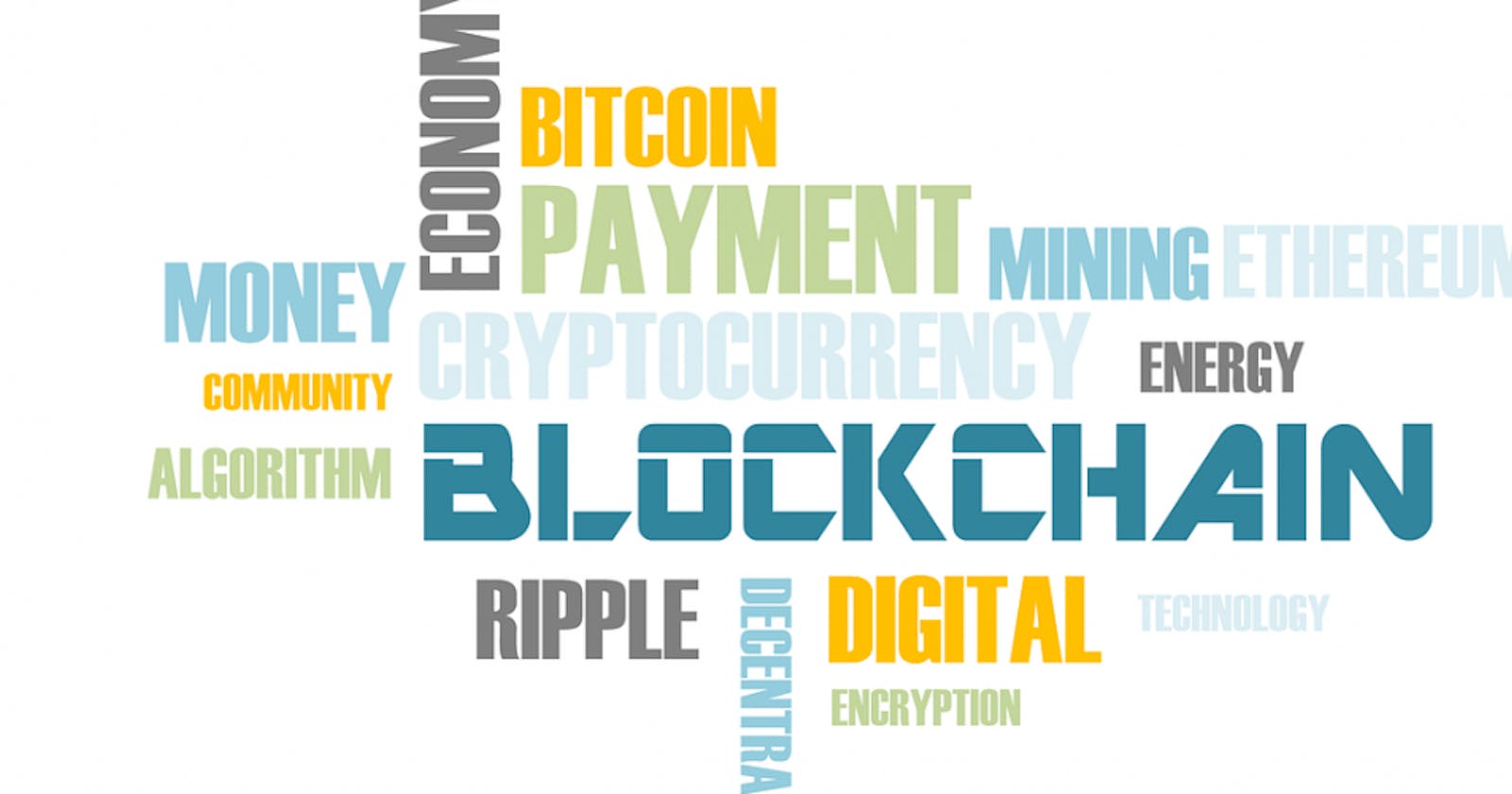As the name suggests, a blockchain is a chain of blocks that contains information of hash. A blockchain is a distributed ledger that is completely open to anyone.

This technique was originally described in 1991 by a group of researchers and was originally intended to timestamp digital documents. However, it went by mostly unused until it was adapted by Satoshi Nakamoto in 2009 to create the digital cryptocurrency, Bitcoin.
Blockchain has an interesting property; once data has been entered or recorded inside a blockchain, it becomes very difficult to change it.
How do they Work?
Each block contains some data, the hash of the block and the hash of the previous block. The data that is stored inside a block depends on the type of blockchain. The Bitcoin blockchain, for example, stores the details about a transaction such as a sender, receiver and the number of coins.
Each block has a hash. The hash can be compared to the human fingerprint, which is not identical to one another in any manner. The hash identifies a block and all of its contents, and it’s always unique, just as a fingerprint. Once a block is created, it’s hash is being calculated. Changing something inside the block will cause the hash to change.
So in other words: hashes are very useful when we want to detect changes to each block. If the fingerprint (hash) of a block changes, it is no longer the same block. This effectively creates a chain of blocks, and it’s this technique that makes a blockchain so secure.
But using hashes is not enough to prevent tampering. Computers these days are very fast and can calculate hundreds of thousands of hashes per second. Anyone can effectively tamper with a block and recalculate all the hashes of other blocks to make the blockchain valid again.
So to mitigate this, blockchains have something called proof-of-work. It’s a mechanism that slows down the creation of new blocks. In Bitcoin’s case: it takes about 10 minutes to calculate the required proof-of-work and add a new block to the chain. This mechanism makes it very hard to tamper with the blocks because if we tamper with one block, we need to recalculate the proof-of-work for all the following blocks. So the security of a blockchain comes from its creative use of hashing and the proof-of-work mechanism.
Also read: How To Use Nulled WordPress Themes Without Getting Hacked
Instead of using a central entity to manage the chain, blockchains use a peer-to-peer network, and anyone is allowed to join. When someone joins the network, he gets the full copy of the blockchain. The node can use this to verify that everything is still in order.
What Happens When Someone Creates a New Block?
That new block is sent to everyone on the network. Each node then verifies the block to make sure that it hasn’t been tampered with. If everything checks out, each node adds this block to their blockchain. All the nodes in this network create consensus. They agree about what blocks are valid and which aren’t. Blocks that are tampered with or not according to the hash will be rejected by other nodes in the network.
So to successfully tamper with a blockchain you’ll need to tamper with all blocks on the chain, redo the proof-of-work for each block and take control of more than 50% of the peer-to-peer network. Only then will your tampered block become accepted by everyone else. This is almost impossible to do!
Blockchains are also constantly evolving. The creation of blockchain technology peaked a lot of people’s interest. Soon, others realized that technology could be used for other things.

